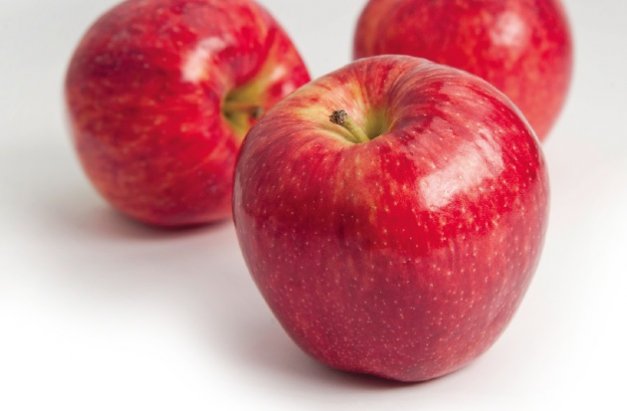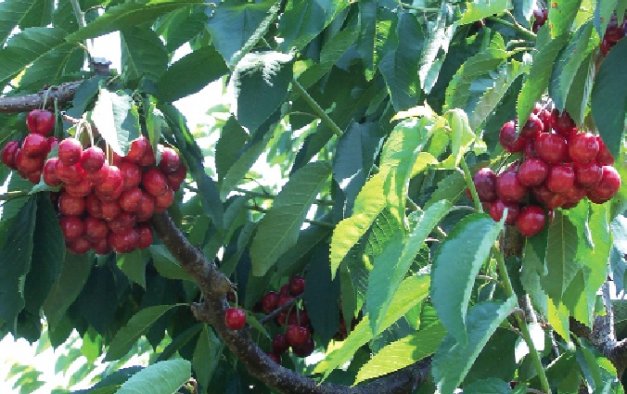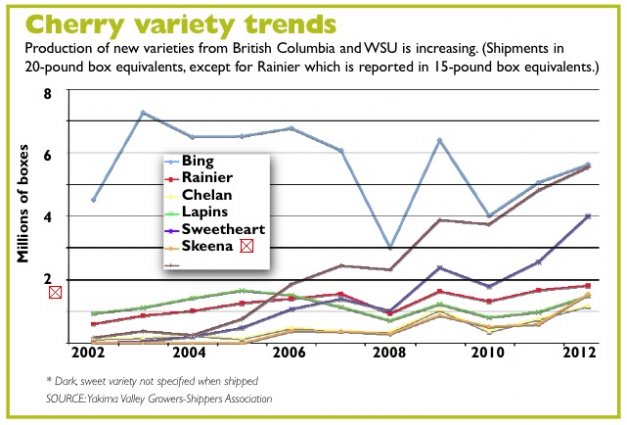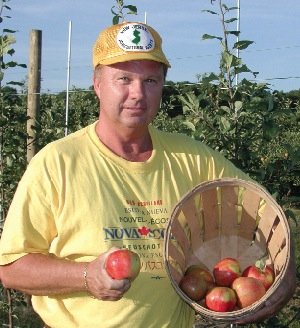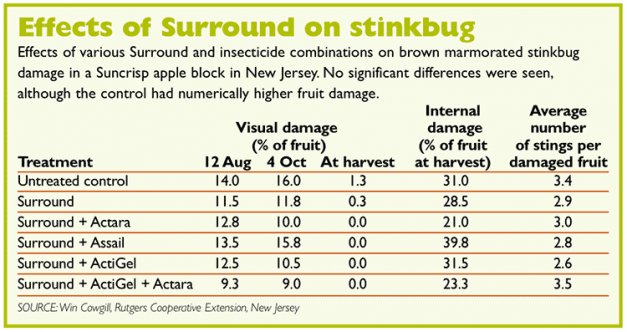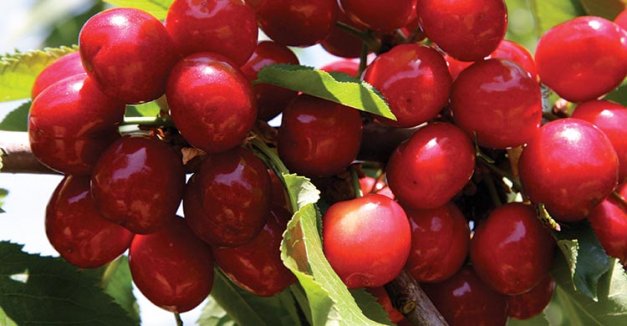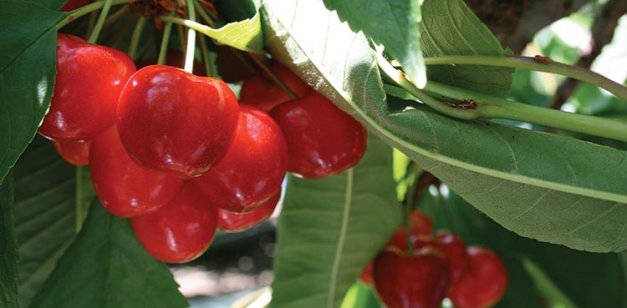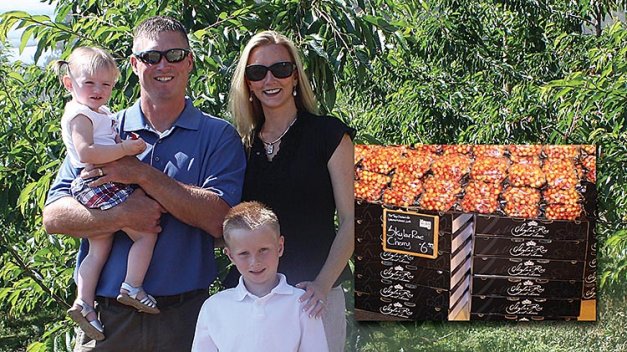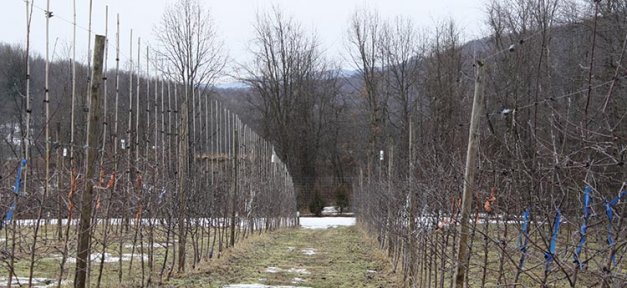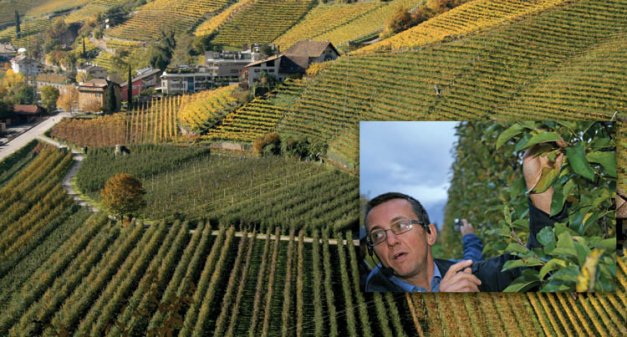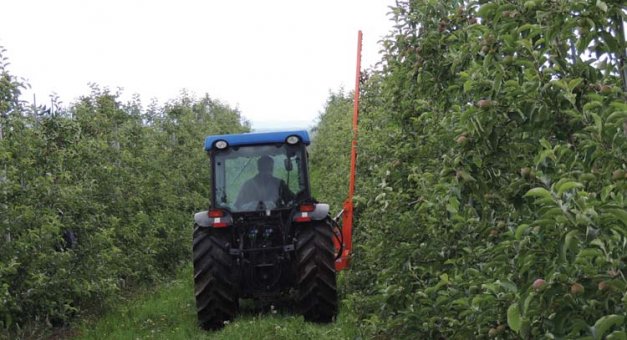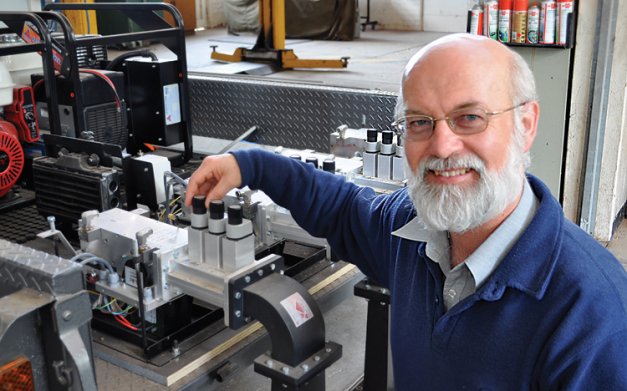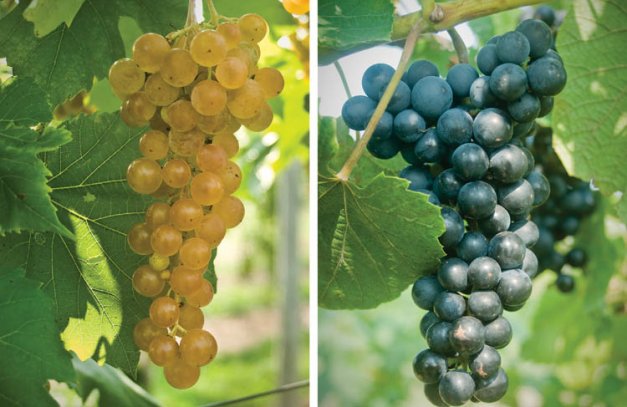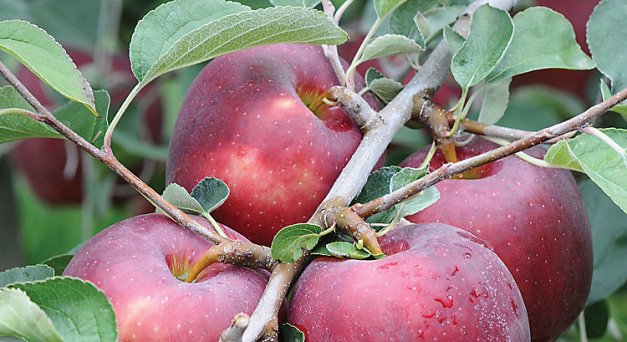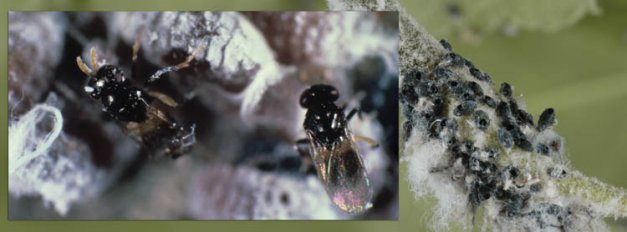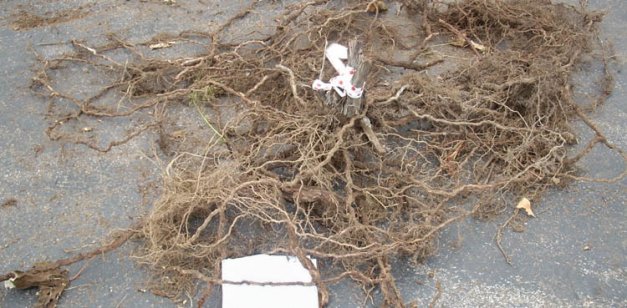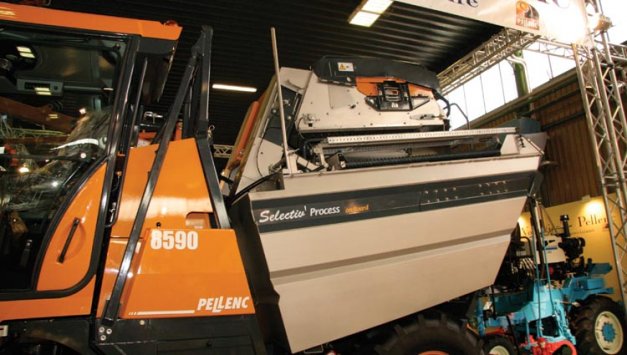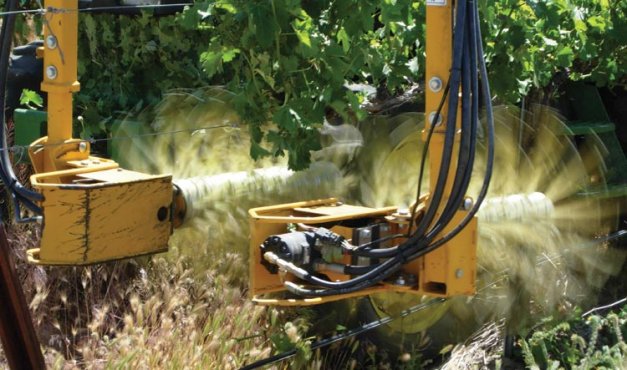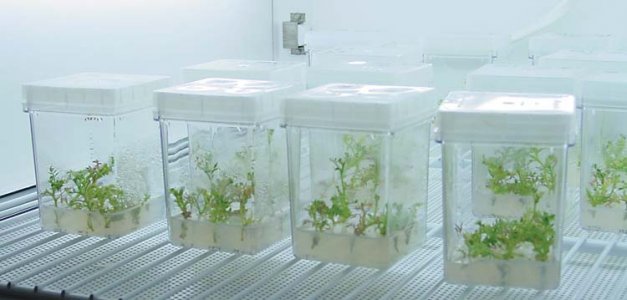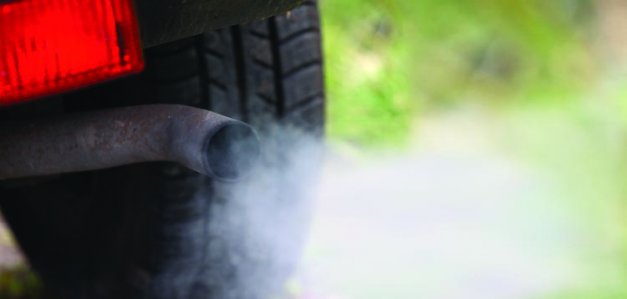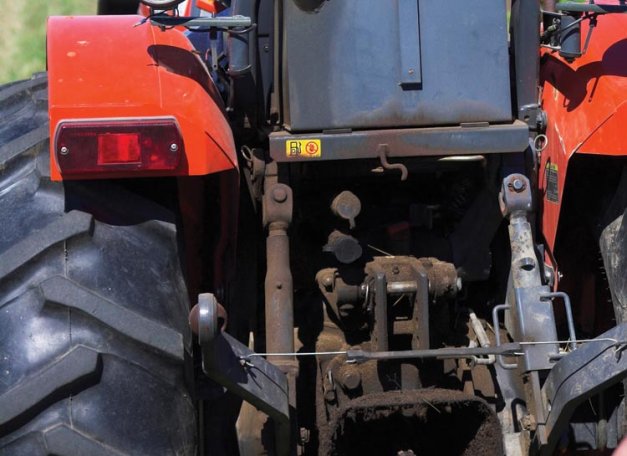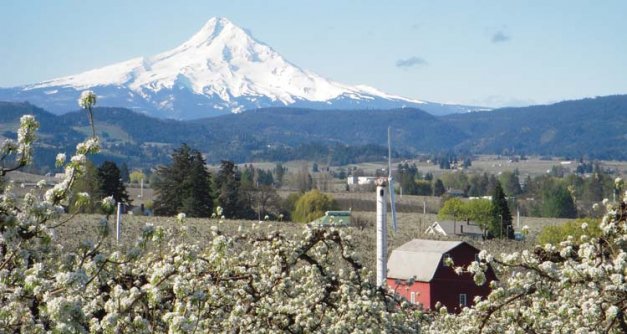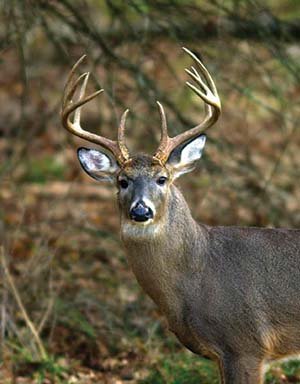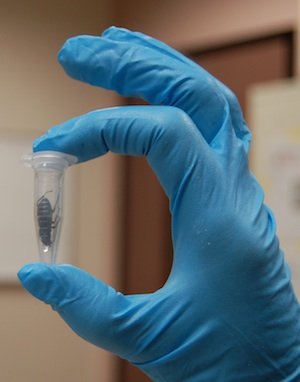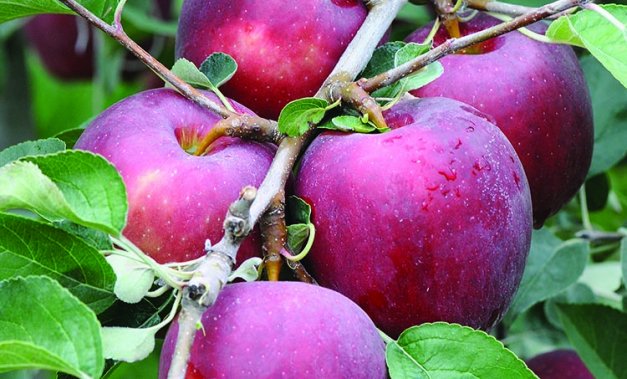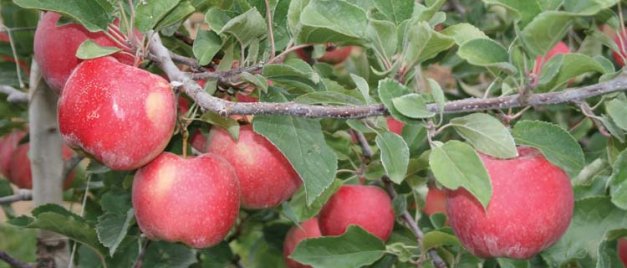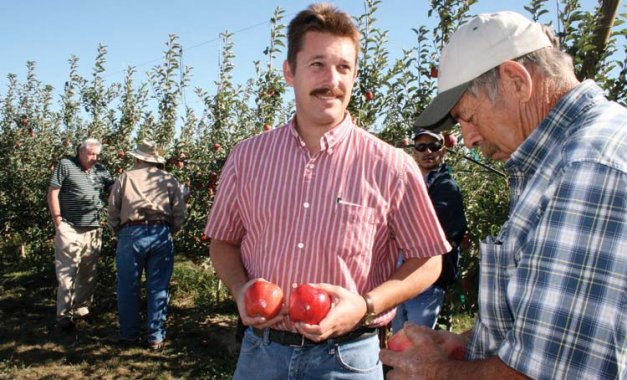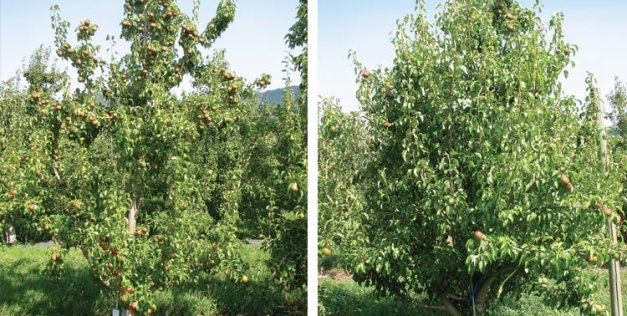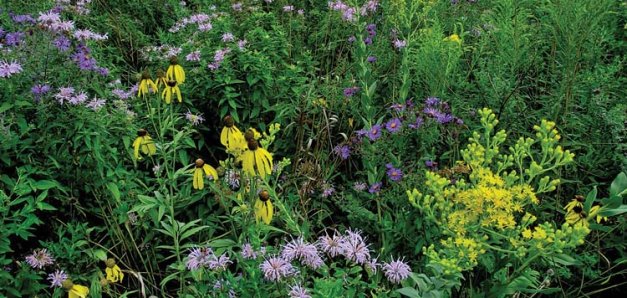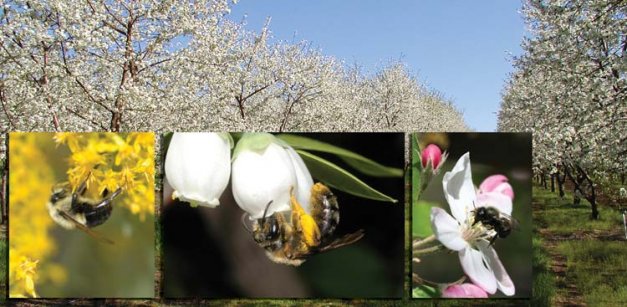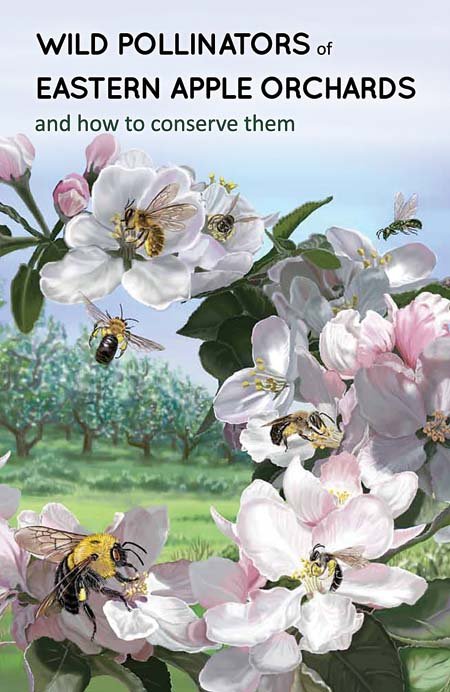ADVERTISEMENT
New model for variety release
RiverBelle. (Courtesy of Wescott Agri Products) Two new apple varieties, Pazazz and RiverBelle, are growing
Apple variety network
Variety and cultivar selection is the largest economic decision a grower can make when establishing
FruiTrivia: Test your knowledge of fruit varieties
1 Which of the following cherries is not an offspring of Van? a. Lapins b.
Table grapes part of Arkansas breeding program
This is Joy, in a photo from Idaho, where fruit breeder Esmaeil Fallahi included John
Stellar lineage
The Pacific Northwest cherry industry is seeing the effects of a shift to self-fertile varieties
WSU program focused on self-fertility
Stone fruit breeding began at Washington State University in 1949 with the arrival of Dr.
Bing dethroned
The Bing cherry, long the king of the Northwest industry, is losing ground to the
5 things to consider when selecting a variety
photo by John Clements, University of Massachusetts Win Cowgill, horticulturist at Rutgers University and area
Surround might deter stinkbugs
The brown marmorated stinkbug is a challenge to control for any fruit grower, and organic
Cherry cracking test
The Washington Tree Fruit Research Commission has developed a simple test for growers to determine
Cherry rootstock testing continues
It will be a few more years before new precocious, dwarfing rootstocks for sweet and
Nurseries invest in Phytelligence
Four major nurseries that form the North American group of the International New Varieties Network
Good Stuff
Book of secrets Karin Argo of Zillah, Washington, is selling the second edition of her
Widely planted
Coral Champagne has been the hottest selling cherry variety in California in recent years, according
Popular cultivar almost wasn’t
Coral Champagne cherries ripen after Chelan and about ten days before Bing. New tree fruit
Chelan Fruit gears up
Orondo Ruby is a yellow-fleshed cherry that has more blush and matures earlier than Rainier.
Tip top cherry
Kim and Troy Toftness with their children Brock and Brylee. Their Skylar Rae cherry brand
Science on the Hudson
Modern apple tree plantings have been made at the Hudson Valley Lab. PHOTO BY RICHARD
Fruiting walls with windows
American fruit growers are land-rich by Italian standards, Dorigoni says. In Italy, orchard land
Fruiting wall principles
The tall spindle orchard design that is being so steadfastly encouraged by researchers—and adopted by
Nothing easy about organic weed control
Research in a newly planted organic vineyard showed just how difficult and labor-intensive weed control
Pear growers surveyed on biological control
Implementing stable biological control programs requires growers and pest managers to have a much better
Evaluating grape sites
Michelle Moyer demonstrates how WSU's vineyard site evaluation computer model works. PHOTO BY MELISSA HANSEN
Weed ZAPPER
Engineer Graham Brodie developed the microwave weed-killing machine. Kitchen microwave ovens are routinely used to
Testing tree health
Dennis Smith, horticulturist with G.S. Long Company, Inc., in Yakima, Washington, has been doing soil
Cornell releases wine grape varieties
A new white variety is cold tolerant; a new red variety is disease resistant.
WSU seeks licensee
Washington State University’s Research Foundation, which owns the new WA 38 apple, has issued an
Your management program matters
LEFT: Above left: Adult A. mali are affected by most of the tested reduced-risk pesticides.
The root of the matter
This excavated root system is from a 40-year-old Concord own-rooted vine. PHOTOS COURTESY OF ALAN
Nutrient information needed
As yield expectations have soared in recent years, so has the importance of nutrient management.
Grape harvesters are going high-tech
The grape harvester, on display at an Italian equipment show, can sort fruit in
Most vineyard tasks mechanized
This trunk scrubber of the vMech system is used by Ste. Michelle Wine Estates to
High-tech nursery cuts propagation time
Pear rootstocks growing in the tissue culture lab. PHOTOS BY GERALDINE WARNER A
Last Bite: FruiTrivia
1. An experimental Solid Set Canopy Delivery System is designed for: a. Applying pesticides b.
What Tier 4 standards mean
Fuel requirements. New engines will require ultra-low sulfur diesel that has no more than 15
New off-road emission standards coming
Clean diesel technology has been making its way off the highways and into farms and
Five things to consider when buying a tractor
An example of an older tractor without modern-day features of a rollover protection structure (now
Mechanizing vineyard saves hundreds per acre
At year’s end, when costs of all the grapevine tasks are added up, Ste. Michelle
Calculating the value of biological control
Washington State University entomologist Dr. Stan Hoyt developed integrated mite control in the late 1960s
Deer Wars
Growers in the prime fruit-growing area surrounding Grand Traverse Bay in northwest Michigan are protesting
Codling moth: It’s what’s for dinner.
A sterilized carabid beetle before gut dissection. Angela Gadino, WSU Do you ever wonder what
Good to Know: Consumer expectations of apple quality
Everyone has a favorite apple variety but what makes it so? How do Washington State
WA 38 will have a name
The commercialization plan for WA 38 will be different than for its first release, WA
Apple name delights grower
Bob Meyer, right, discusses the merits of WSU’s new apples WA 2 and WA
Promotion and management of pear fruiting
Left: D’Anjou tree sprayed at two weeks after bloom with 80 ppm ReTain relative
Project objectives
Five specific objectives for the Integrated Crop Pollination project are: Identify economically valuable pollinators and
Integrated Crop Pollination
Left: Bumblebees are highly efficient pollinators of many crops, but their wild colonies live
Bee Care Center
Bayer CropScience has begun construction of its North American Bee Care Center at its headquarters
No fruit, no funding
The short fruit crop in the eastern United States last year had a dramatic impact
Conserving wild pollinators
PHOTO COURTESY OF MARY ANN FRAZIER Cornell University has a new publication called Wild Pollinators

